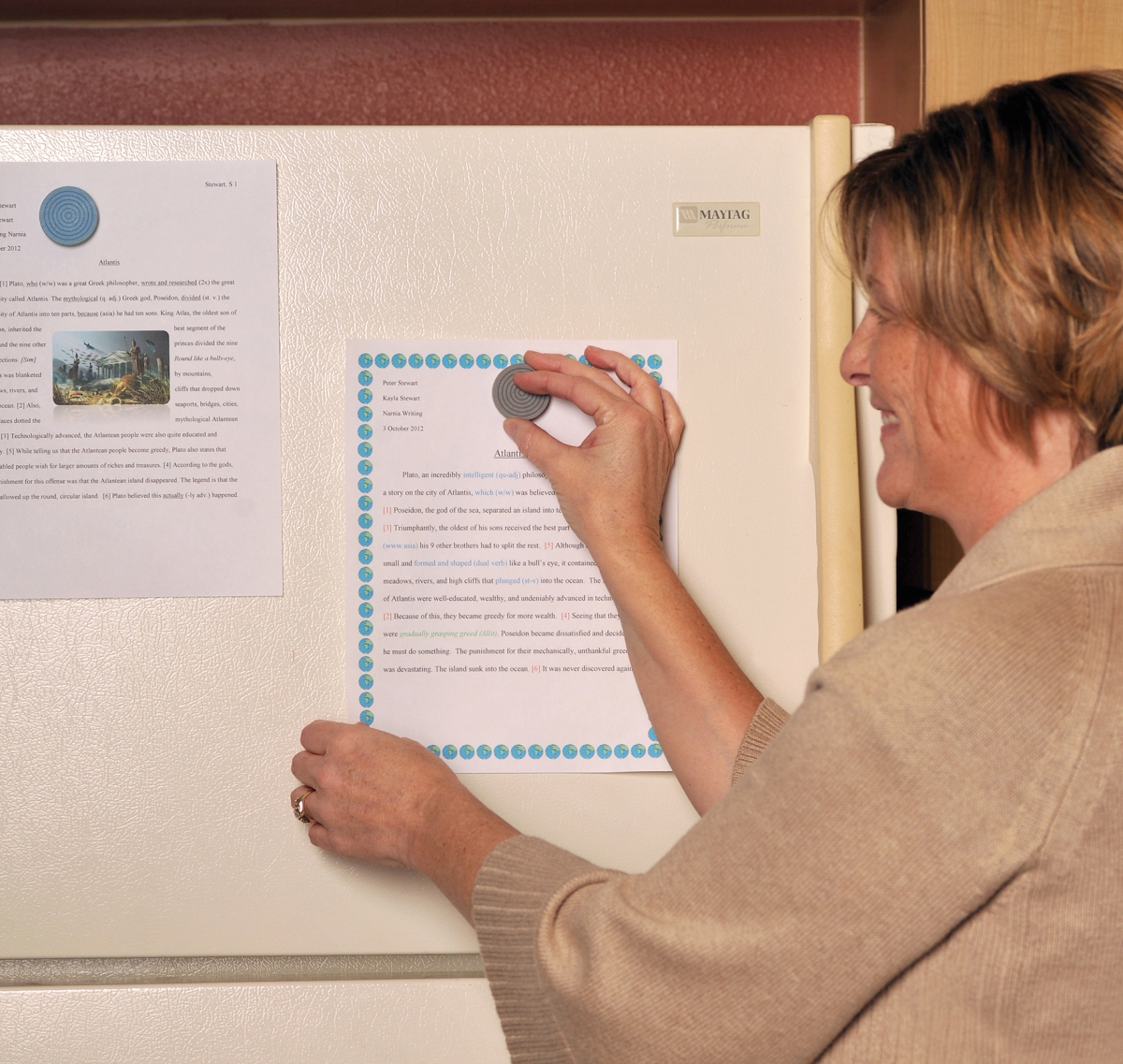by Andrew Pudewa
In the 1992 film A River Runs Through It, there is a particularly charming scene which gives us some important insight about the teaching of writing. Early on in the movie, a young Norman Maclean, probably ten years old, works at his desk. Quietly he enters his father’s study and presents his paper. The father, a terse Presbyterian minister of Scottish descent, “believed that the art of writing lay in thrift.” Finished, the composition is given to his father, who makes a few marks on it and returns it to the boy with the short phrase, “Half as long.” Returning to his desk, young Norman writes another draft and brings it to his father, who makes a few marks and repeats the instruction, “Again, half as long.” With a third version written and presented, the boy waits expectantly as his father reads it. This time it passes. “Good,” he says, “now throw it away.” The boy quickly and happily tosses it in the trash, grabs his fishing pole, and runs out the door.
When I have described this scene to mothers, many gasp when they hear the “Now, throw it away” line, as if somehow the father didn’t appreciate the boy’s effort. But that’s not true at all. Instead, this short scene—presumably resembling the real circumstances of Maclean’s childhood—illustrates something we so easily forget: Teaching a skill is more about process, less about product. Honestly, the essay of the moment is often not worth keeping; it merely represents another step on the pathway of mastery.
But as Americans we are easily obsessed with products. We want to obtain the writing sample we can hang on the refrigerator or proudly place in a portfolio. Believing that what a student produces is proof of what has been learned, we put great weight on “finishing” a “final copy” and hope that the product is “good enough” so “he’ll be ready for college.” In schools, sometimes so much emphasis is placed on the finished paper that plagiarism becomes an overwhelming temptation. But what are we really doing, and what is our real goal?
My friend Andrew Kern has an expression he uses when he talks about analyzing before experiencing that which we are trying to learn: “Don’t kill the puppy.” I fear that sometimes we are accidentally “killing the puppy” by focusing more on what our children produce rather than what they are feeling while they are doing it.

In IEW®’s Structure and Style® methodology, we give students the blocks and the demonstration (source texts and structural models) while making it more of a game (with a style checklist). Then we let them play. While I always try to remember that it is important not to “withhold help,” it is also important not to “meddle” too much. Help is when a student asks you a question; meddling is when you offer unsolicited suggestions. “Withholding help” is one of the Four Deadly Errors of Teaching Writing, but we must not inadvertently cause the child to dislike the process by failing to strike a balance between sufficient assistance and unwanted intrusion.
Another of the four errors is “overexpectation.” I recently heard the story of an anxious mom who was sending her Level A student’s paragraphs to a professional editor “four or five times” for revision. Sadly, it seems that the result of this process was the transformation of a young boy who liked writing into one who now hates it. Because of an over-expectation, over-editing caused the puppy to die.
In my talk Principles of Motivation, I explain the three laws of motivation:
1) Children like to do what they can do.
2) Children want to do what they think they can do.
3) Children hate and will refuse to do what they think they cannot do.
Students must feel successful in order to continue to practice, but parental overexpectation can easily stifle that sense of success. Furthermore, children will usually prefer punishment to failure, and therefore will refuse to try—and suffer the consequences for that refusal—rather than try and fail one more time.
So let us be on guard for “perfect product anxiety.” Relish the process: children learning while they play with words and ideas. And while we continue hoping someday for “excellent,” at a certain point their work must be considered sufficiently “good.” And if you are feeling bold, you might even add, “Now throw it away!”—with a smile, of course.
This article first appeared in the 2014 Arts of Language Homeschool Magalog
© 2014, Institute for Excellence in Writing, L.L.C.
The above article is available for your personal use or for distribution. Permission given to duplicate complete and unaltered.
Download this Article as a PDF File:
| process_versus_product.pdf |
